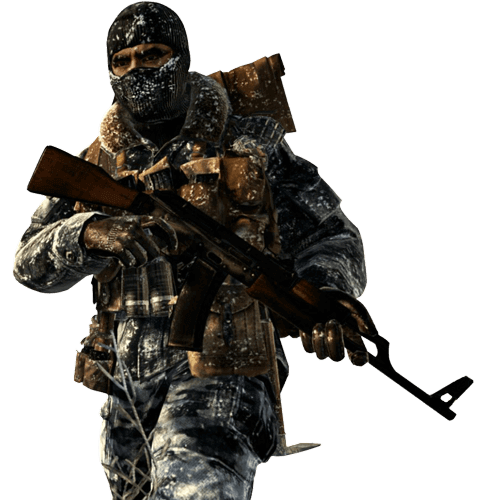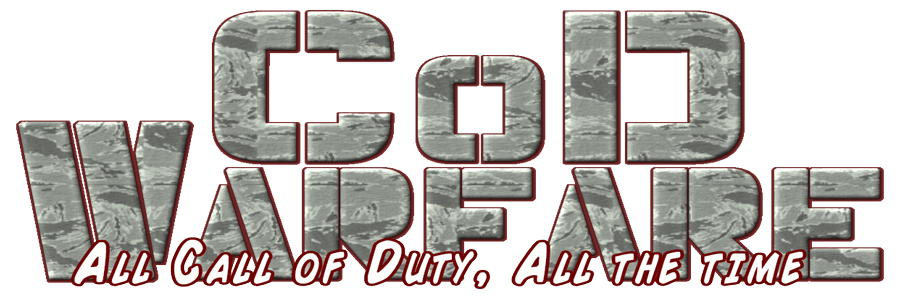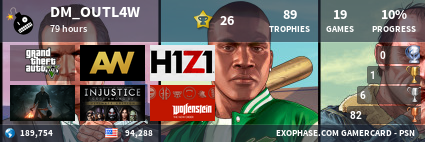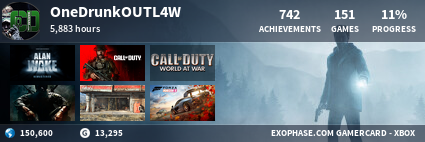
 I don’t know what players were involved in the trade these two men agreed on here,
I don’t know what players were involved in the trade these two men agreed on here,but they both seem happy with it. Photo courtesy of Svenska Cellulosa
Much like real contending baseball teams, fantasy contenders everywhere are trying to figure out if they can make one or two final trades for the home stretch to help win a title. So, it begs the question, what makes a good trade?
In a league that most of the Crackerjacks play in, we had an owner pose the following question on the message board:
Just wondering what trades people have had problems with. I’m still newish to this whole fantasy baseball thing and would love to get any kinda advice I can from some of the more seasoned vets in this league.
This is indeed a “newish” owner, but in a league with some experienced players, he was also the runner-up last year and is a Top-5 team this year, so I consider him someone who knows what he’s doing. So, if he’s asking this question, it’s something that I think other people wonder about. I know that I have in the past. So, let’s see if we can answer this.
The way I see it, if a trade is good, there are three things that can happen with it.
- Team A clearly gets the better end of it.*
- Team B clearly gets the better end of it.
- Both teams come out evenly.
When a good trade is made, someone who knows something about all of the players involved will look at the trade and think it has an even chance of ending with any of those three results. Maybe that’s oversimplifying a little bit, but that’s a general standard that I think most trades should meet, or at least come close to meeting.
As for a specific example, here’s one that Clave and I made earlier in the season in the same league mentioned above:
Dixon got:
- Matt Kemp (who was on the DL)
- Alejandro De Aza
When the trade was made, both of us acquired a fair amount of risk and talent.
[h=5]Scenario 1: Dixon’s Dream, Clave’s Nightmare[/h]Who remembers the incredible season that Mike Trout had in 2012? You know, the year that we’d really never seen before, with a guy dominating pretty much every category? Well, look at how his fantasy stats compare with what Matt Kemp did in 2011. For the sake of argument, I’ll take Trout’s averages from the five months he played and apply them to the one he missed.
| R | HR | RBI | SB | AVG | OBP | SLG | � |
| Trout, 2012 | 129 (155) | 30 (36) | 83 (99) | 49 (59) | .326 | .399 | .564 |
| Kemp, 2011 | 115 | 39 | 126 | 40 | .324 | .399 | .586 |
Realistically, Alejandro De Aza was just an insurance policy. His contributions aren’t likely to factor in on this trade. In Kemp, I was getting a guy who did that just two years ago. While the two seasons have seen some injuries (2 DL stints in 2011, 2 in 2012 — 1 at the time), Kemp won’t even turn 29 until September. If I got anywhere near the 2011 version of Kemp, there’s almost no way I’d lose this trade.
Of course, the other side of Clave’s nightmare would be Carlos Gomez leveling off. We made the trade on June 1 and at that time, Gomez was on pace for a 30-30 season, while hitting better than .320. That kind of season would not only be Gomez’s career high, but it would be similar to what we saw from Jacoby Ellsbury in 2011.
The fear for Clave is that Gomez would level off in a big way. After all, this is a guy who had never hit above .260 in a season, or topped 19 home runs. That pace seemed a little lofty and Clave knew that he was buying high on a guy.
To give you an idea of what the risks were with Gomez at the time of the trade, if he finished the year with 600 at-bats and hit .280, it would top his previous career high be 20 points. Again, if he ended up with 600 at-bats and hit .280 at season’s end, he would have gone 106 for–407 for the rest of the season, which is a .260 batting average.
That’s a massive drop-off but again, but not so massive when you consider that that four month stretch would only EQUAL his previous career high. Entering the year, Go-Go was a .247 career hitter. A pretty frustrating situation would have been that situation, where he hit finished the year at .280. But it would have been fairly realistic for Go-Go to finish the year below that, which would have been dang near disaster for him if Kemp returned to 2011 form. Heck, even giving up De Aza for that would have been pretty rough.
[h=5]Scenario 2: Clave’s Dream, Dixon’s Nightmare[/h]From the perspective of what I was getting, I feared that I’d see more of the Matt Kemp that we saw in 2012 after his injury. Before his initial 2013 DL stint, the guy was flat out mediocre. Heck, before 2011, he was an obvious talent, but also very raw, and really never put together a complete season.
Talented, but raw guys like Kemp frequently have a year or two that really stand out in their careers. I was betting that not only would that not apply to Kemp, but that he’d show that form this year after spending much of the offseason hurt, and spending some quality time on the DL. It is a keeper league, but Kemp’s value is really high and we have to keep him at what they were paid for, plus three. That would put Kemp at $42 next year, with Go-Go able to be kept for a modest $18, with a $330 bankroll.
The other part of what I was afraid of was Gomez. Heck, allow me to quote myself from the last paragraph. “Talented, but raw guys like Kemp frequently have a year or two that really stand out in their careers.”
So, it may be that Gomez is not a .330 hitter. Over the course of his career, he may end up being much closer to .260 than .330. Still, that doesn’t mean that this year, he won’t be right around that .330 mark. Look at what Jacoby Ellsbury did in 2011, or what Rich Aurilia did in 2001. Players often have a year where they go way over their heads, and maybe that’s what Gomez was doing.
For Clave, the hope was that Kemp wouldn’t return to 2011 form, and that Gomez would continue playing well. Then, not only would he have a great talent that contributes in all categories, but also one who’s a relatively cheap keeper next year. Even if 2014 is a bust for Gomez, it doesn’t dent his bankroll that much.
[h=5]Scenario 3: Even Trade[/h]This one is pretty obvious. The two guys play the same position. So, again, with De Aza not being much of a factor, if Gomez and Kemp produced similar numbers from June 1 on, the trade’s dead even. Maybe if you want to consider De Aza’s contributions, Gomez would be better than Kemp, but only slightly.
[h=5]What’s Happened Thus Far[/h]So far, pretty close to Scenario 2. Gomez’s numbers have dropped a little bit, but he’s not showing that he’ll be hitting .260 for the rest of the year. In June, he posted a solid stat-line of 15 runs, 2 homers, 10 RBI, 5 steals, and a .301/.337/.538 slash line. So, again, the numbers have dropped a little bit, but this is still looking like it may be Gomez’s career year, and by a great deal.
Well, De Aza has actually been an okay contributor, although nowhere near Gomez. As for Kemp, I’m not exactly thrilled with what’s happened. He came back from the DL and went right back on it, and a shoulder injury doesn’t give me confidence that he’ll have much power when he does come back. The one positive (and it kills me as a Giants fan to call this a positive) is that the Dodgers have heated up and appear to be in the NL West race again. If they were out of contention, it would be really easy to imagine them being very cautious bringing Kemp back, and possibly shutting him down. But if they’re in it, he’ll come back ASAP.
[h=5]Was it a Good Trade?[/h]Yes. It was. It was a good trade the moment it was made. Because as I was going over each of our dream/nightmare scenarios, one appeared to be just as likely as the other two on June 1 when the deal was made.
The results of the trade have little to do with whether it was a good trade. The realistic chances of the possible results are what matter when assessing the fairness of it. When you’re dealing with big name players, a good trade is one where you know that it may end up REALLY bad, or REALLY good. I don’t necessarily blame you if you make a trade where you know you’re not risking much but getting a plus talent back. But just because it was a good trade for you doesn’t mean it was a good trade.
More...












